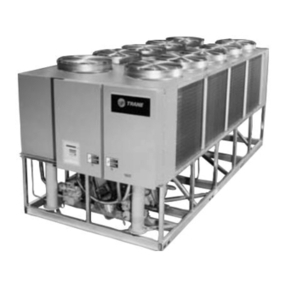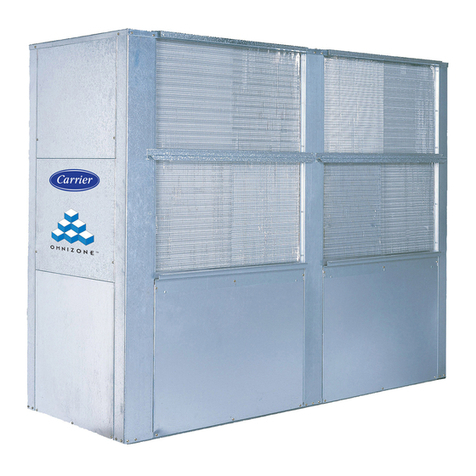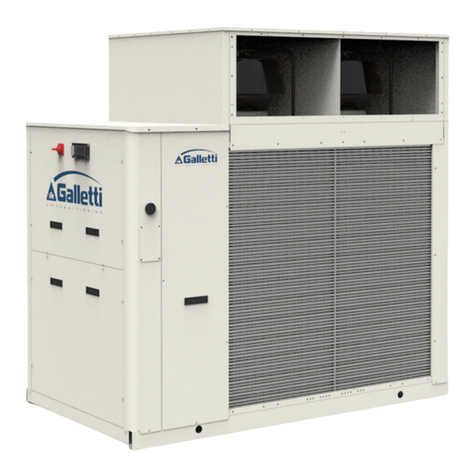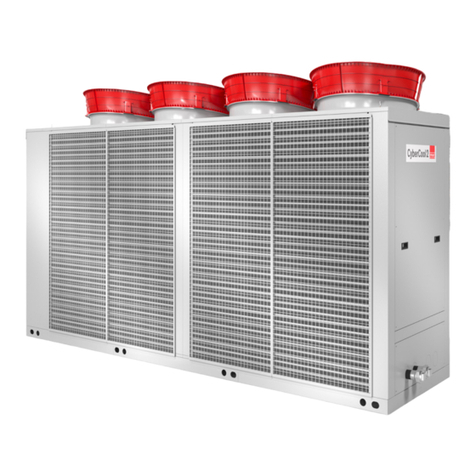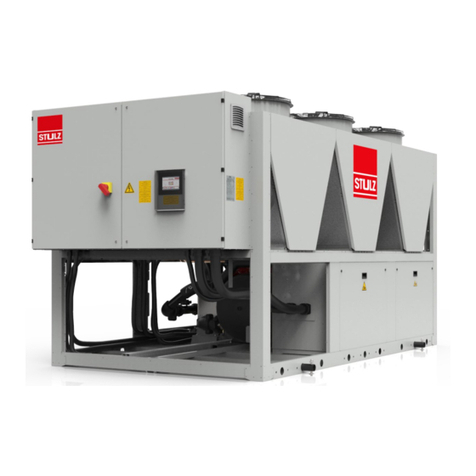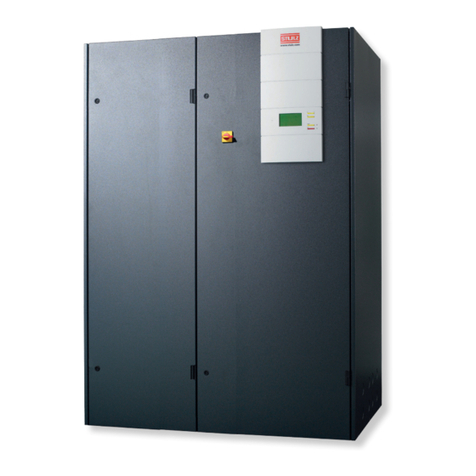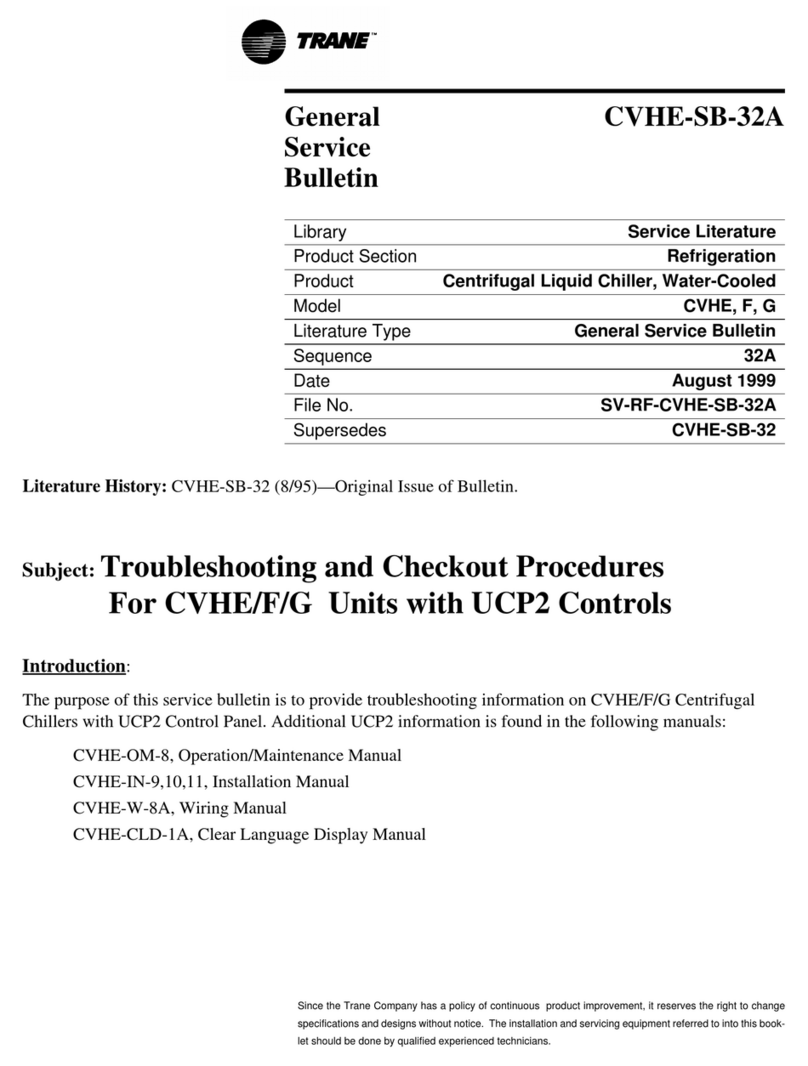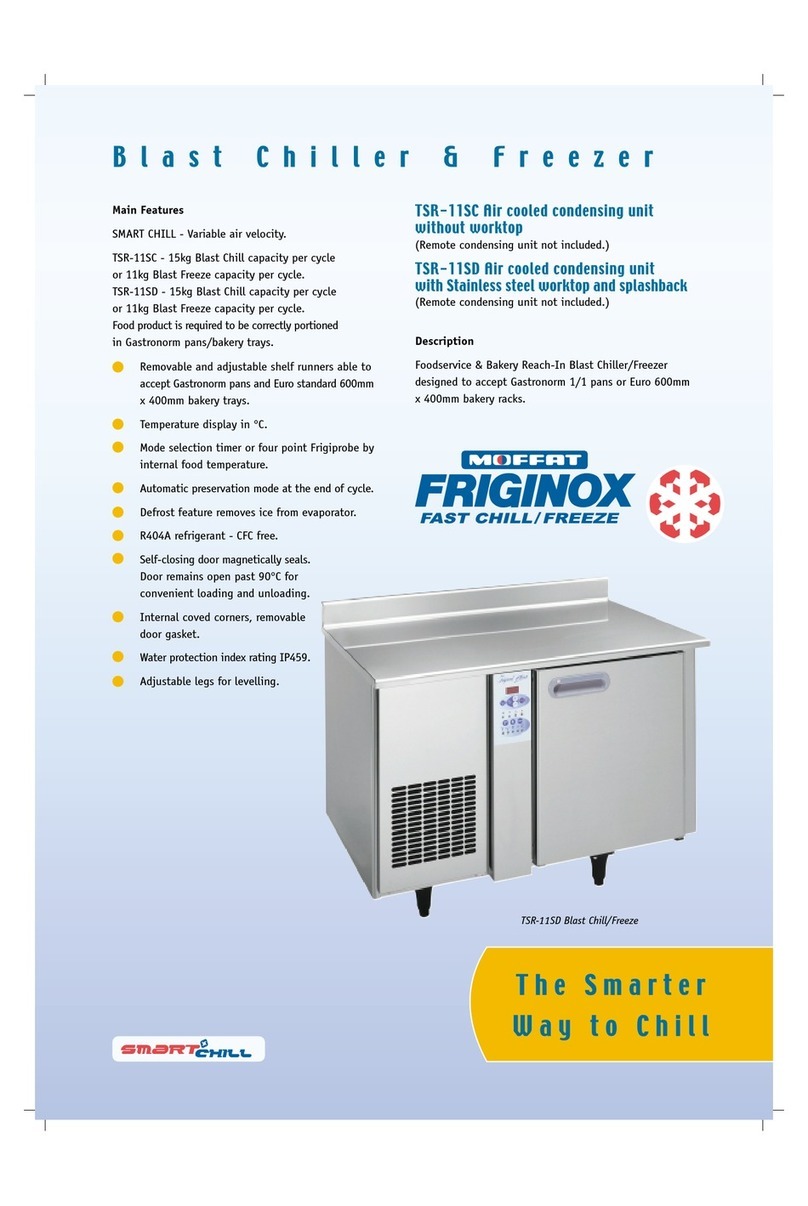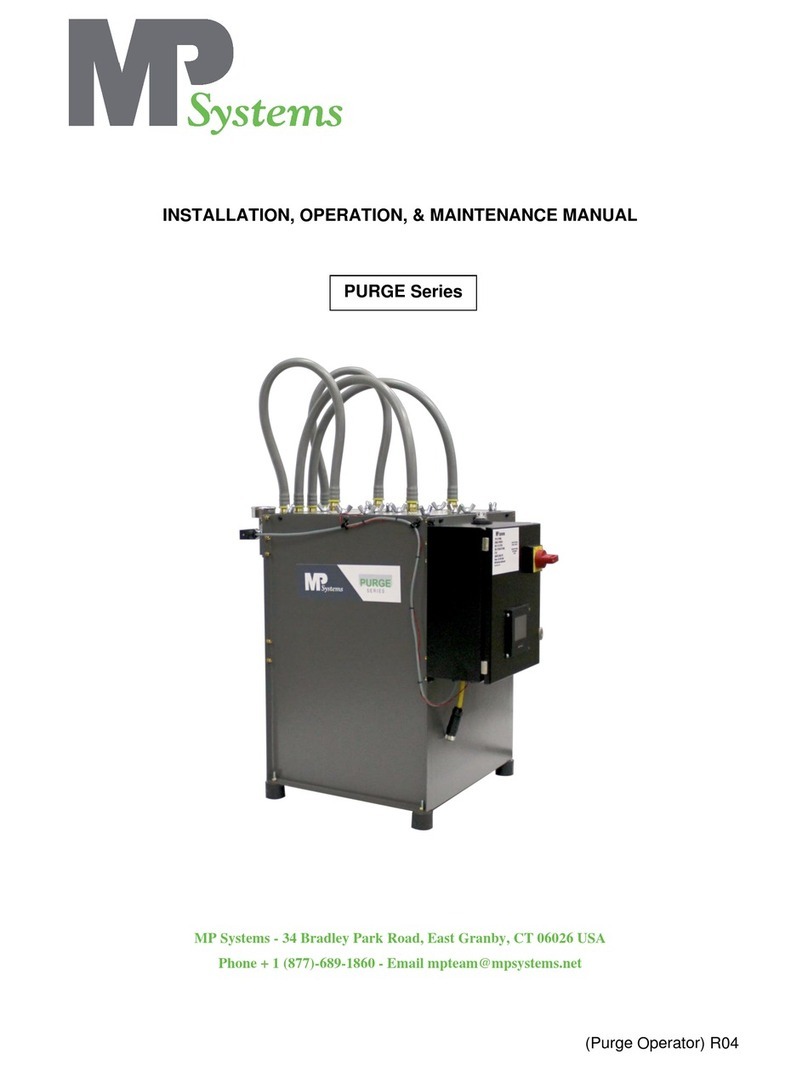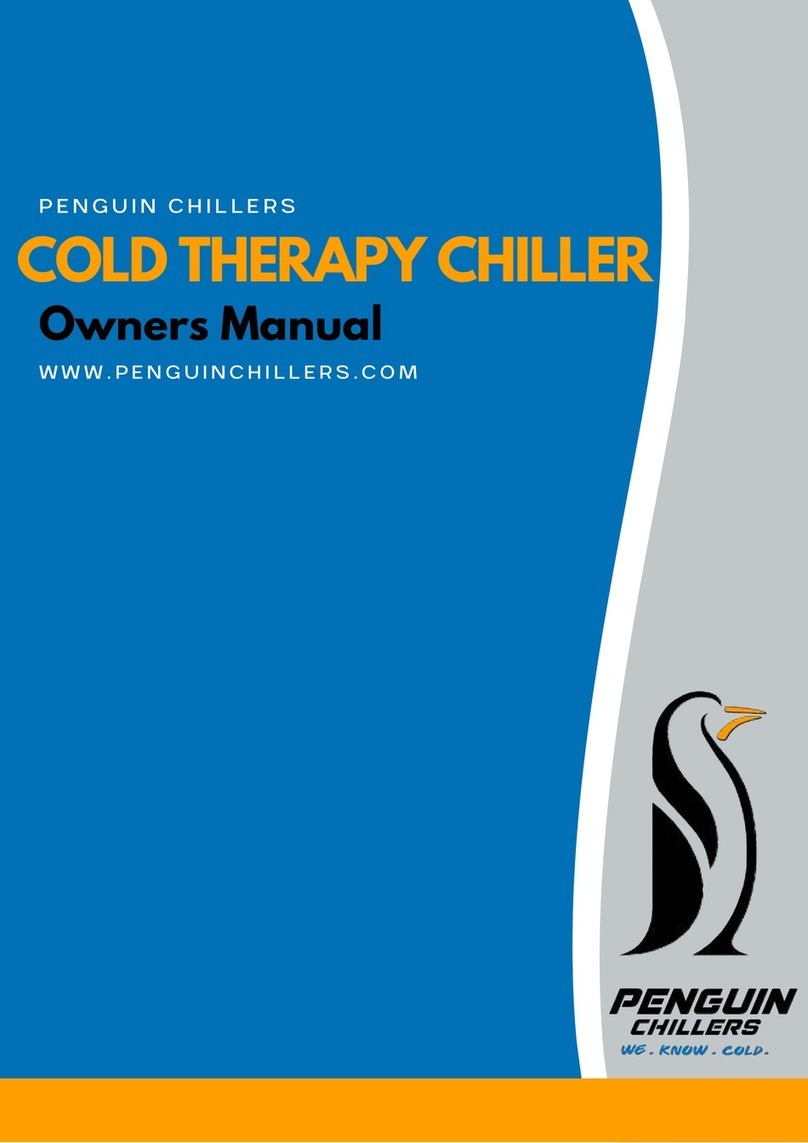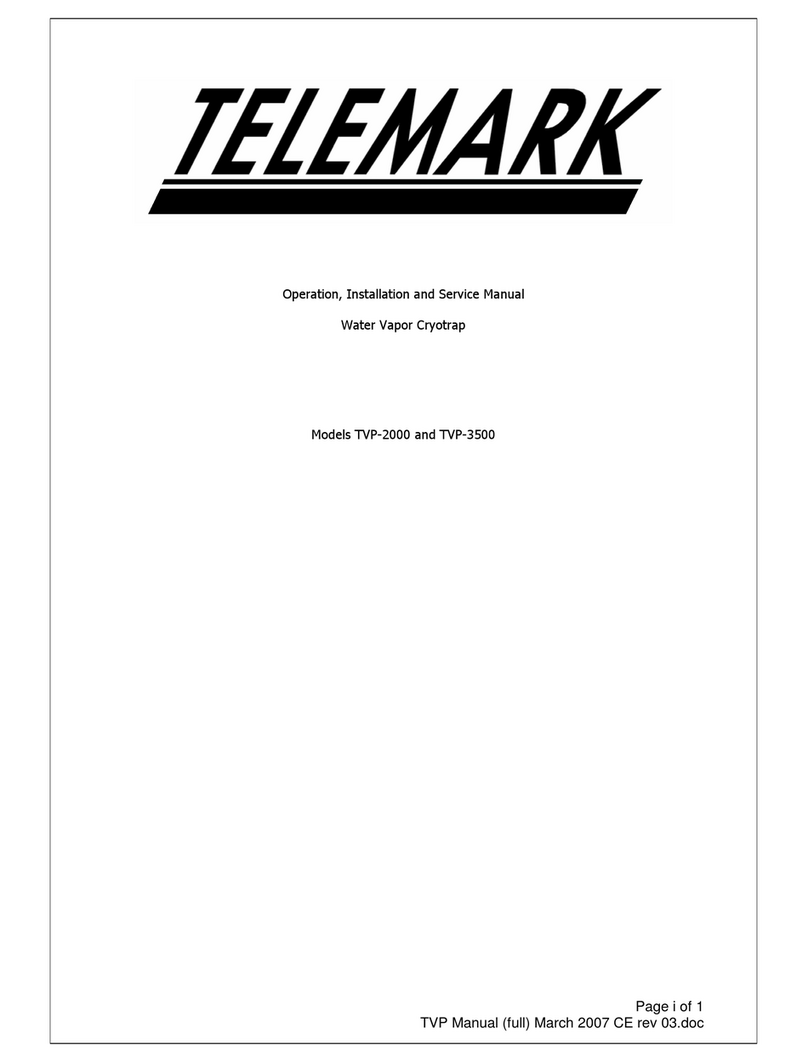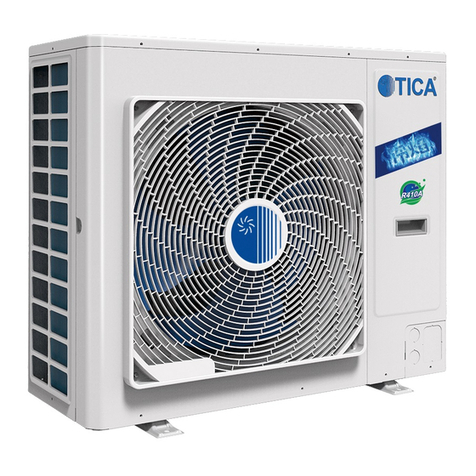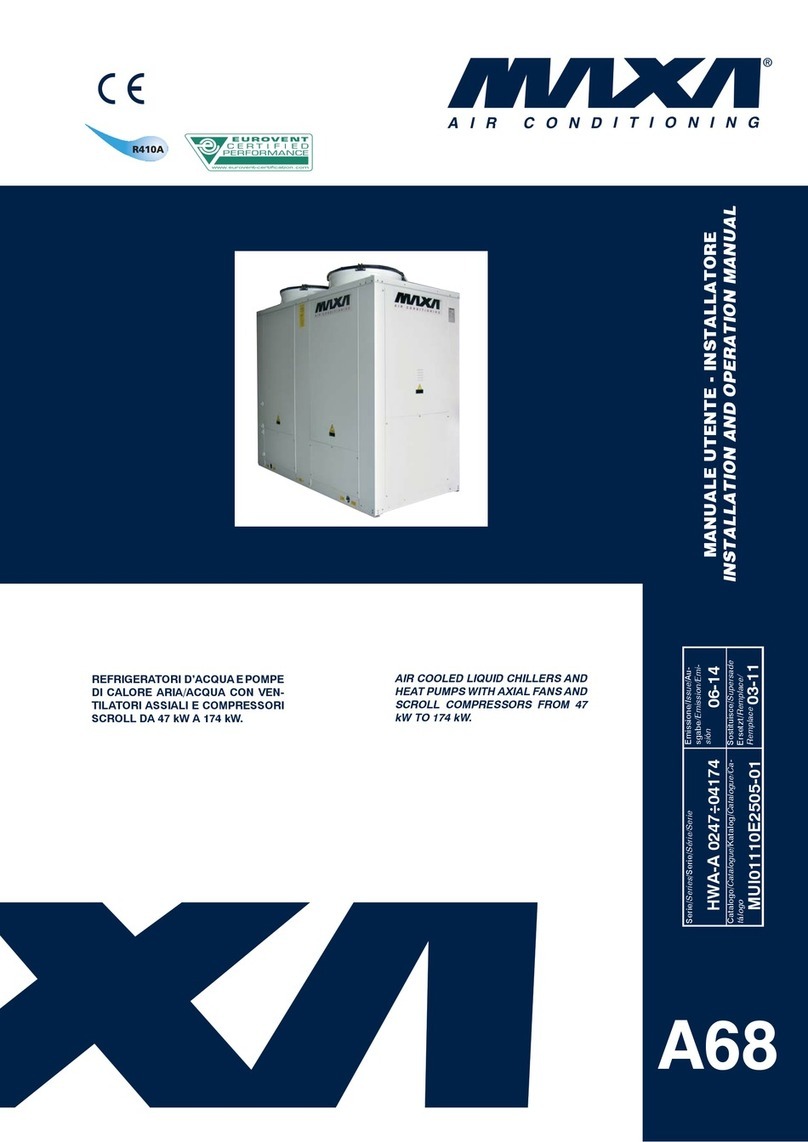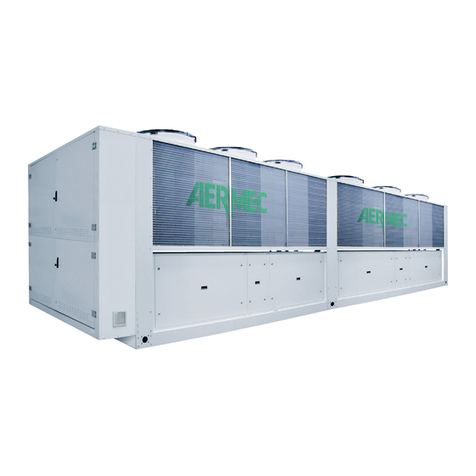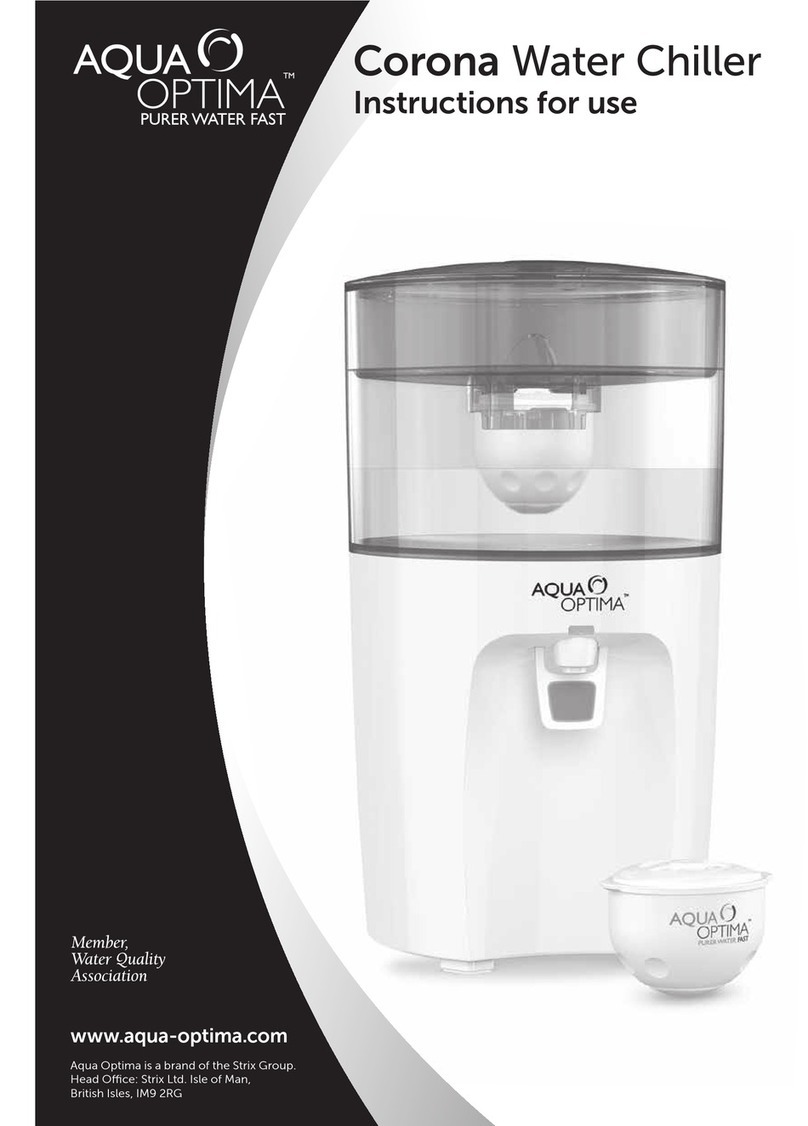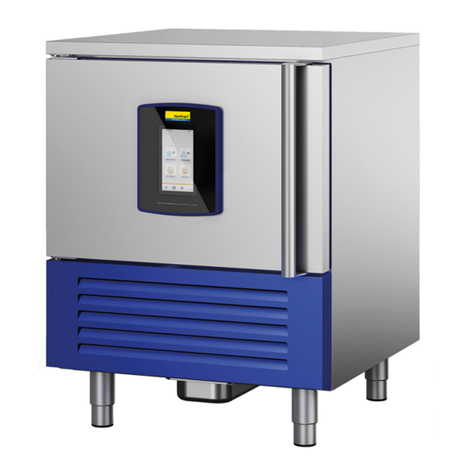
4EN/01.2019/i09 © STULZ S.p.A. – all rights reserved
WSA EXPLORER ORIGINAL INSTRUCTIONS
Table of Contents
1. Introduction.................................................................................................. 8
1.1 Introduction.............................................................................................................................. 8
1.2 Warranty.................................................................................................................................... 8
1.3 Safety......................................................................................................................................... 9
1.3.1 Symbols used in the manual ....................................................................................................................9
1.3.2 Labels..............................................................................................................................................................9
1.3.3 Safety Instructions ...................................................................................................................................11
1.3.4 Handling refrigerants.............................................................................................................................. 11
1.3.5 Safety and environmental requirement............................................................................................. 12
2. Residual risk ............................................................................................... 13
2.1 Transport and installation ................................................................................................. 13
2.2 Start-up .................................................................................................................................. 13
2.3 Operation............................................................................................................................... 13
2.4 Maintenance ......................................................................................................................... 14
2.5 Dismantling ........................................................................................................................... 14
2.6 Safety Data............................................................................................................................ 14
3. Transport/ Storage.................................................................................... 16
3.1 Delivery of units ................................................................................................................... 16
3.2 Storage................................................................................................................................... 17
3.3 Transport................................................................................................................................ 17
3.3.1 Transport protection ...............................................................................................................................17
3.3.2 Centre of gravity........................................................................................................................................21
4. Description................................................................................................. 23
4.1 Type Code.............................................................................................................................. 23
4.2 Intended use......................................................................................................................... 24
4.3 Chiller Design ....................................................................................................................... 24
4.3.1 General......................................................................................................................................................... 24
4.3.2 Versions .......................................................................................................................................................24
4.3.3 Refrigerant Circuit....................................................................................................................................24
4.3.4 Compressor................................................................................................................................................25
4.3.5 Evaporator ..................................................................................................................................................25
4.3.6 Condenser ..................................................................................................................................................25
4.3.7 Electrical Cabinet ..................................................................................................................................... 26
4.3.8 Sensors........................................................................................................................................................26
4.3.9 SEC.blue...................................................................................................................................................... 26
4.4 Piping diagrams................................................................................................................... 27
4.4.1 Legend.........................................................................................................................................................27
4.5 Hydraulic diagrams............................................................................................................. 32
4.5.1 Legend.........................................................................................................................................................32
5. Technical Data ........................................................................................... 36
5.1 Application limits ................................................................................................................ 36
5.1.1 Storage conditions .................................................................................................................................. 36
5.1.2 Operating conditions...............................................................................................................................36
5.2 Chilled water quality ........................................................................................................... 38
